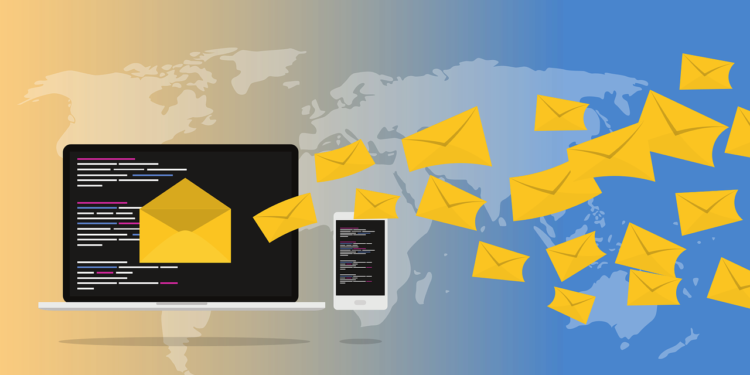Go back just a couple of years and ‘email marketing is dead’ was a phrase that all businesses and marketers were shouting from the rooftops. In 2021, however, it seems as though this isn’t the case at all. GDPR and other privacy regulations have led to consumers monitoring and managing their inboxes more intently than ever before, and this has played into the hands of marketers.
The Statistics
As per the top email marketing specialist, one of the best ways to learn about a marketing technique is to review the statistics. Here are just some that might gear your attention towards email marketing once again:
- Over 4 billion people on the planet now use email
- The number of people using email is expected to reach 4.5 billion by 2024
- Facebook only has 2.7 million active monthly users in comparison
- Penetration rate in the United States is 90% (and similar in other countries)
- Click-through and open rates are higher than most other techniques
- Friday is the best day for sending emails (click-through rate of 2.7% and open rate of 18.9%)
- Four in ten people check their email inbox before bed
- Some age groups spend over six hours on email per day
Email Marketing is ALIVE
Many marketers and businesses will be surprised by the statistics in the previous section, but the return of email marketing has been on the cards for many years. Let’s talk about some of the reasons why email marketing still works so well. Don’t forget however that it’s imperative to explore the best mailing list service when formulating strategies for effective email campaigns, as you’ll need a way of efficiently sending out emails to your customers.
GDPR and the ‘Unsubscribe’ Button
Firstly, many regulations around the world have provided consumers with more control over their inboxes. Suddenly, they’re no longer inundated with unsolicited emails. Not only can consumers unsubscribe from businesses when they don’t want to receive emails, but businesses can’t send unsolicited emails. In other words, consumers need to give express permission to receive emails.
What does this mean? Well, people are paying closer attention to their emails because they aren’t spending hours deleting junk. Instead, they only get emails from people and businesses from whom they EXPECT an email. They’ve given their address to your business, and they expect content in return.
Closer Relationship
Since consumers expect emails when they give their email address away, this allows you to build a closer relationship with them than ever before. You generate engaging content, communicate with customers, and spend time with the people who keep your business ticking.
Personalisation
Another reason why email marketing still works is that the personalisation opportunities are continually improving. This doesn’t just mean sending an email with the recipient’s name at the top, it means sending tailored offers, birthday emails, promotions, and content that the user truly wants and needs.
Cost-Effective
Even though you can’t just send a blanket email and expect success anymore, this doesn’t mean that email marketing needs to take most of your marketing budget. With the automation and optimisation tools available these days, email marketing is still cost-effective. What’s more, the statistics you saw earlier should show that ROI is high with the right strategy.
Gain Customer Data
Finally, now is the perfect time to start building your database of customer data. iOS 14 offers consumers a chance to block tracking on Apple devices, and this means that businesses are losing access to data. If you add email marketing to your strategy, you build first-party data, and you’re not at the mercy of larger companies. Email marketing isn’t easy though, so check out what industry leading marketing companies like kingkong.co/uk/ is doing by signing up for their newsletter and getting a first-hand look at what works.
To answer the question posed in the title, email marketing is still incredibly effective…but only if you’re willing to personalise, optimise, and understand your audience!











